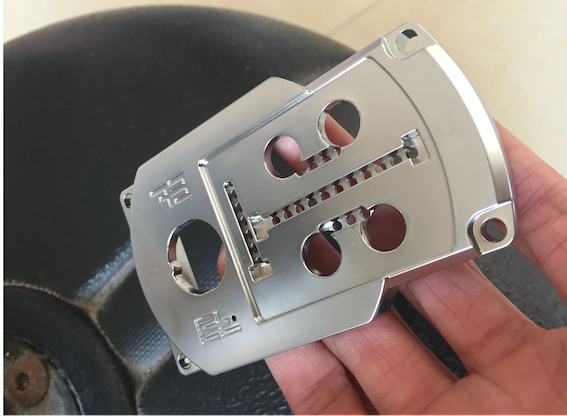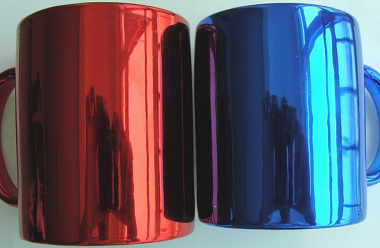Application of electroplating process on Prototyping
The prototype model is the first sample after the product design drawings are confirmed. Prototype models are different from mass-produced finished products, and all processes in the mass-production process have a clear division of labor. A product is processed by multiple manufacturers with their respective responsibilities, and then the finished product is assembled by the assembly factory. The process involves plastic injection molding, metal processing, sheet metal processing, post-processing, etc. The prototype factory needs to All kinds of processing methods and post-processing are processed in a centralized way, presenting the model closest to the finished product to customers. Therefore, the prototype factory needs to have the ability of various processing methods, such as 3D printing, CNC machining, sheet metal bending and stamping, etc. And not only need to have a variety of processing capabilities, but also need to have more complex post-processing technology. Nowadays, product design is changing with each passing day. With the improvement of consumer spending power, everyone pays more and more attention to the appearance of products. The prototype factory must have the processing ability to meet the current technology. Some experienced prototype factories, such as Moshijia, also need to have the ability to develop new technology, so as to meet the current needs of many customers for technology.

Among the many post-processing processes, theelectroplatingprocess is currently widely used. You can see that the faucet is electroplated every morning when you wash up. In terms of design, it is even more inseparable from electroplating; so a good prototype factory must have good electroplating processing capabilities.
Electroplating is a method of using the principle of electrolysis to coat a conductor with a metal layer. In a salt solution containing pre-plated metals (such as nickel, gold, etc.), the plated product is used as the cathode, and through electrolysis, the cations of the pre-plated metal in the plating solution are deposited on the surface of the base metal to form a part of the plating layer. A post-processing process. Plating layers of different metal materials will have different characteristics. A distinction can be made between decorative, functional and protective coatings. Increase hardness, prevent abrasion, improve electrical conductivity, smoothness, heat resistance and surface aesthetics. Prototype factories also need to be equipped with a variety of electroplating capabilities. There are currently two common types of electroplating: water plating and vacuum plating. The two can present very similar appearance effects, but they have completely different processing methods.
Compared with vacuum plating, water plating hasstrong adhesion, good gloss, stable performance, scratch resistance and friction resistance, and good conductivity. Generally, functional prototype parts are relatively more water-plated. The disadvantage of water plating is that the color selectivity is small. Another point is that the smoothness of the surface of the material is very high, and the concealing ability is very weak. Generally, water-plated products require surface polishing without seams. This is the reason why the unit price of water-plated prototype products is relatively high.
Compared withwater plating, the vacuum degree has the biggest advantage of having more color choices. Basically, you can choose any color you like. Another point is that the requirements for product material and surface flatness are lower than water plating products.
The disadvantage is that it is easy to scratch and fade, and the adhesion is not as good as water plating.

Welcome to contact us via enquiry@abcrapid.com to get more information !
Search
Recent Post













